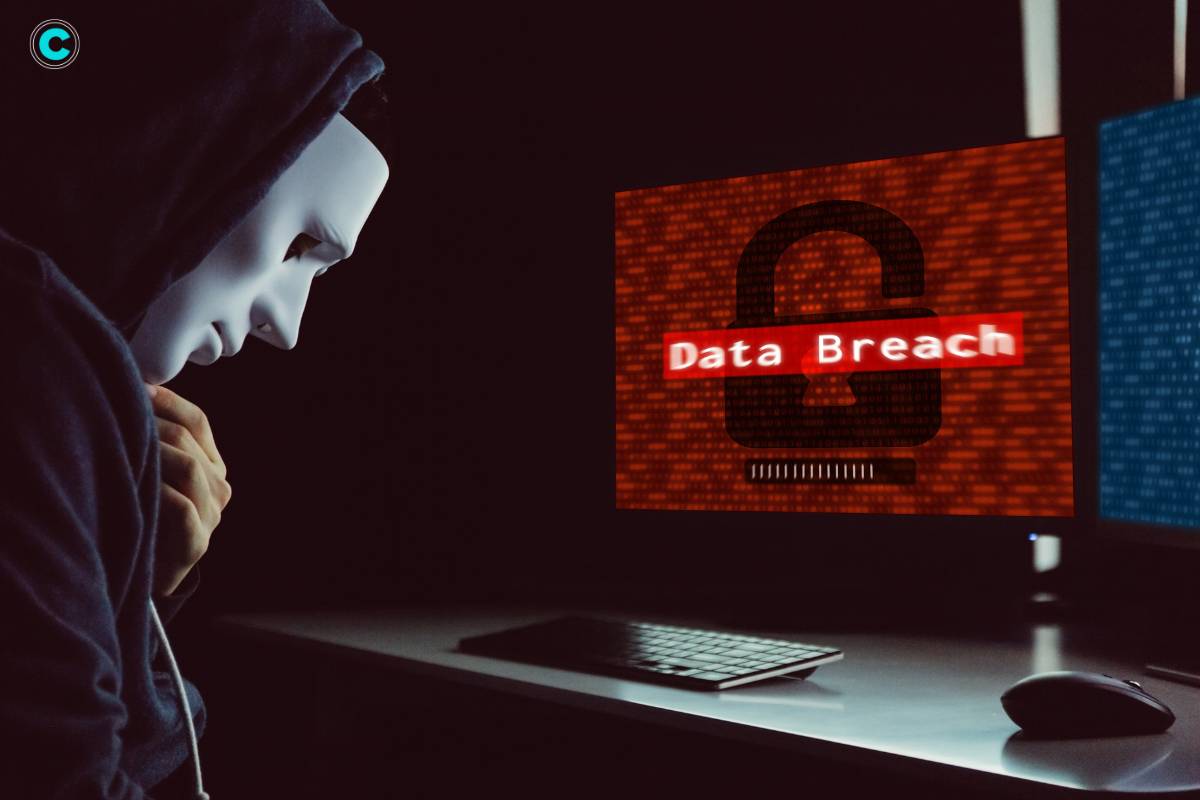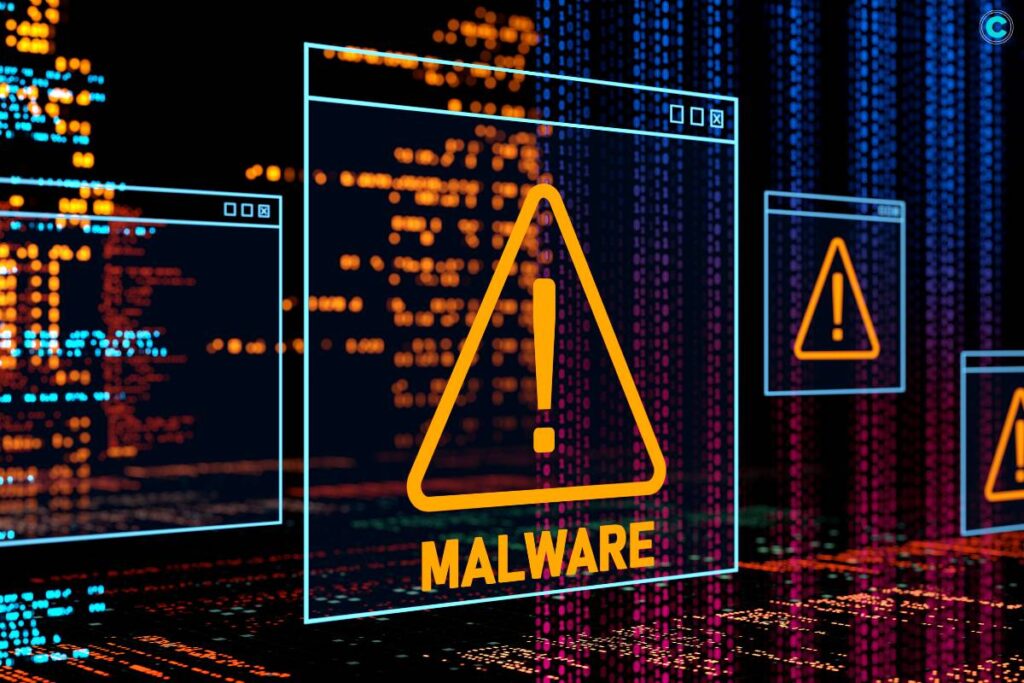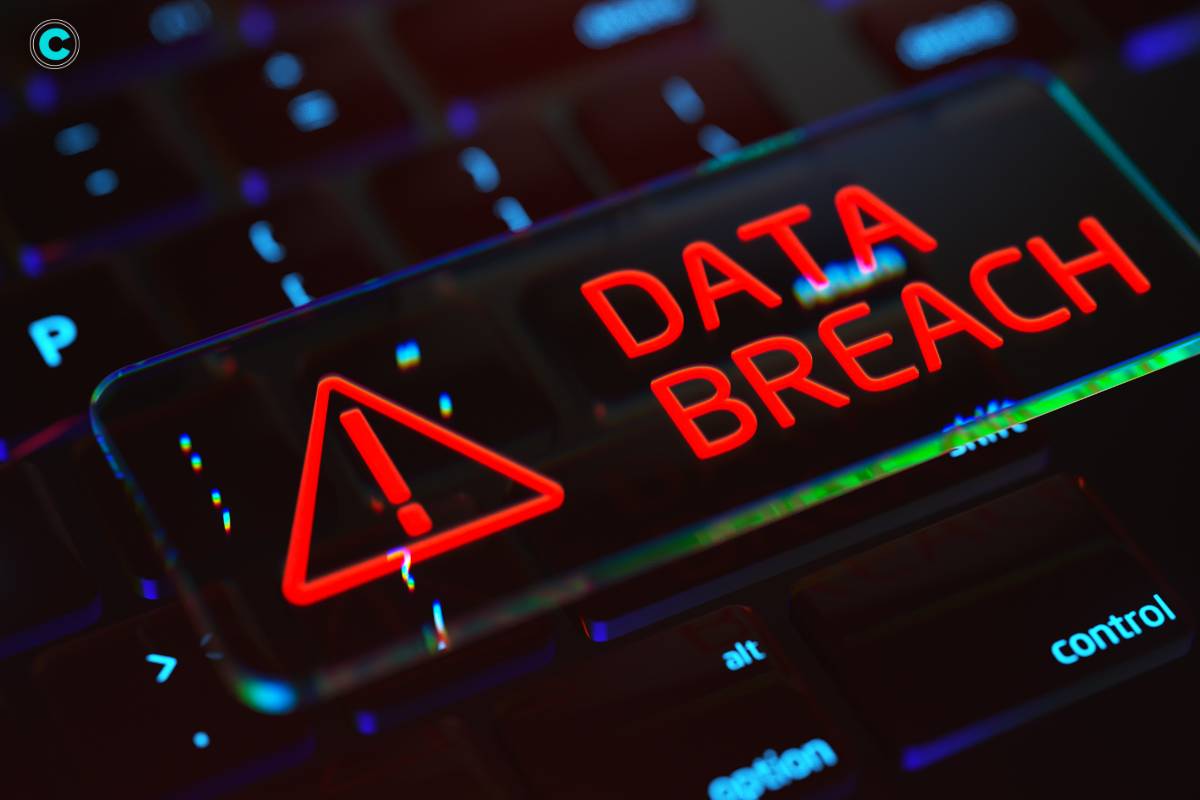In today’s digitally interconnected world, the term “data breaches” has become all too familiar. Whether it’s a small-scale business or a multinational corporation, no organization is immune to its threat. These breaches can wreak havoc on a company’s finances, reputation, and customer trust. Understanding what they are, how they occur, and most importantly, how to prevent and respond to them, is paramount for businesses of all sizes.
What are Data Breaches?
They refer to instances where sensitive, protected, or confidential information is accessed, viewed, or stolen by unauthorized individuals. This information can include personal data such as names, addresses, social security numbers, financial records, or even intellectual property. Hackers, cybercriminals, or even disgruntled employees are often behind these breaches.
How Do Data Breaches Occur?

Data breaches can occur through various means, including:
1. Cyber Attacks:
Hackers use sophisticated techniques to infiltrate a company’s network or systems, exploiting vulnerabilities in software or hardware. Common cyber attacks include phishing, malware, ransomware, and SQL injection.
2. Malware and Ransomware:
Malicious software can infect computers and networks, allowing hackers to steal or encrypt sensitive data until a ransom is paid.
3. Insider Threats:
Employees or contractors with access to sensitive information may intentionally or unintentionally leak or misuse data. This could be due to negligence, malicious intent, or inadequate training.
4. Physical Theft:
Stolen laptops, smartphones, or storage devices containing sensitive data can result in breaches if not properly secured. Physical security measures such as locked cabinets, surveillance cameras, and access controls are essential.
5. Third-Party Breaches:
Data breaches can also occur through third-party vendors or partners who may have access to a company’s systems or data. It’s crucial to vet third-party vendors and ensure they adhere to robust security practices.
Preventing Data Breaches:

1. Implement Strong Authentication Measures:
Enforce complex passwords, implement multi-factor authentication, and regularly update access credentials to prevent unauthorized access.
2. Encrypt Sensitive Data:
Encrypting sensitive data both in transit and at rest can significantly reduce the risk of data breaches, even if the data is compromised.
3. Train Employees:
Educate employees on cybersecurity best practices, such as identifying phishing attempts, securing devices, and reporting suspicious activities promptly. Conduct regular cybersecurity training sessions to keep employees informed about emerging threats.
4. Monitor Network Activity:
Utilize intrusion detection systems and security monitoring tools to detect and respond to suspicious activity on your network in real-time. Implement logging and auditing mechanisms to track user activities and identify anomalies.
5. Regularly Update Software and Systems:
Patching known vulnerabilities and keeping software and systems up-to-date can close security loopholes that hackers often exploit. Establish a patch management process to ensure timely updates and security patches are applied to all devices and software applications.
Responding to Data Breaches:

1. Contain the Breach:
Act quickly to contain the breach and prevent further unauthorized access to sensitive data. This may involve isolating affected systems, blocking suspicious network traffic, or disabling compromised user accounts.
2. Assess the Damage:
Conduct a thorough assessment of the breach to determine the extent of the damage and identify the data that has been compromised. This may involve forensic analysis, data mapping, and communication with relevant stakeholders.
3. Notify Affected Parties:
Depending on the severity and scope of the breach, it may be necessary to notify affected individuals, customers, partners, and regulatory authorities. Transparency and timely communication are essential to maintain trust and comply with legal obligations.
4. Mitigate Future Risks:
Learn from the breach and take steps to mitigate future risks. This may involve implementing additional security controls, conducting security awareness training, enhancing incident response procedures, or revising data protection policies.
5. Review and Improve:
Conduct a post-incident review to identify gaps in security controls and incident response procedures. Use lessons learned to improve cybersecurity posture and resilience against future data breaches.

A Comprehensive Guide to Malware Analysis for Ensuring Computer Security
Malware is a broad term encompassing various types of malicious software designed to infiltrate and
By understanding its nature, implementing robust cybersecurity measures, and having a proactive response plan in place, businesses can minimize their risk of falling victim to these costly and damaging attacks. Protecting sensitive data is not just a legal requirement; it’s essential for maintaining customer trust and safeguarding the future of your business.
FAQs:
1. How common are data breaches?
They have become increasingly common in recent years. According to a study by the Ponemon Institute, the average cost of a data breach in 2021 was $4.24 million.
2. What are the legal implications of a data breach?
Depending on the jurisdiction and the nature of the breach, companies may face hefty fines, lawsuits from affected individuals, and damage to their reputations. Compliance with data protection regulations such as GDPR or CCPA is essential to mitigate legal risks.
3. How can businesses prevent data breaches?
Implementing robust cybersecurity measures such as firewalls, encryption, and multi-factor authentication, regularly updating software and security protocols, conducting employee training on cybersecurity best practices, and performing regular security audits can help prevent data breaches.
4. What should a company do if it experiences a data breach?
In the event of a data breach, it is crucial to act quickly. This includes containing the breach, assessing the extent of the damage, notifying affected individuals and regulatory authorities as required by law, and implementing measures to prevent future breaches.
5. Is cyber insurance necessary for businesses?
Cyber insurance can provide financial protection in the event of a data breach or cyberattack by covering costs such as legal fees, forensic investigations, notification expenses, and potential damages. While not mandatory, it can be a valuable investment for businesses, especially those that handle sensitive customer data.






